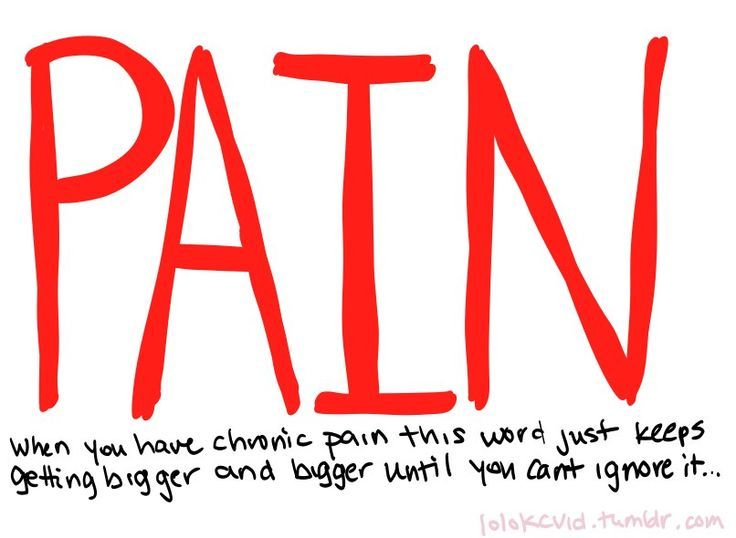When you disconnect yourself from the outside world, you are building a reinforced wall around your life to block out all that would hurt you. But what if the measures you take to protect yourself are actually creating more damage? What if your wall stops the positives from entering as much as it stops the negatives?
More importantly, what if the greatest danger comes from you? Behind the wall you built, there is only you and fibromyalgia. Fibro is a substantial opponent even when only looking at the impact on your physical health. But when you also consider the psychological impact of the disease, you are facing a dangerous adversary.
Fibro and Depression
When you are affected by both fibromyalgia and depression, as many are, you begin to see the outside world differently. This is the nature of depression; it makes good things bad and bad things seem even worse. Additionally, it makes people take illogical and irrational action in the name of depression. For many with fibro, depression is not the problem — the problem is what you do to combat depression.
Isolation is the perfect example of this. Depression has you convinced the people, places and situations common in your world are purely negative.
You begin to think these things will hurt you if they can, which will make your depression and fibro symptoms worse. As a reaction, you begin to withdrawal behaviorally and emotionally as a survival skill in ways that include:
- Being less motivated to leave your home
- Feeling more anxious or worried when leaving the house
- Declining invitations from friends or family to meet or attend gatherings
- Planning fewer social opportunities for yourself
- Ignoring supports when they reach out to you
- Seeing only negatives associated with social connections
At times, withdrawing is a normal and healthy behavior, but problems arise when you add intensity and duration to withdrawing. People who are withdrawn become people who isolate themselves, which leads to the harmful cycle of depression, isolation, and fibro flare-ups. Each influences the other leading to increasingly negative symptoms.
Every problem has a solution, though. Want to maintain or build an active social life while reducing fibro symptoms? Here’s how:
See the Wall
Isolation does not happen quickly; unless there is a traumatic event that triggers isolation, it occurs slowly over time.
Perhaps your fibro coincidently flared on days you had plans to visit with friends. By canceling your plans, you were inadvertently building your wall and moving towards isolation. Before long, the accidental association between fibro and isolation becomes a full-blown habit.
People who isolate do so for a reason. Even though the reason may not make good sense, there is a reason.
If you cannot discover the reason, you cannot see the wall for what it is. The original purpose of the wall may even have been distorted or exaggerated over time.
Why is your wall there? What did you hope to achieve in building the wall? What factors lead to the wall being erected when it was? Why didn’t you build the wall earlier? What actions or reactions make the wall bigger and stronger?
To remove the wall, you must understand what purpose the wall is serving. This information will provide a better explanation of the systems in place that maintain your isolation.
Dismiss the Positives and See the Negatives
Isolation will continue as long as you dismiss the negatives and see the positives of the wall. If you believe isolation protects you from unwanted consequences of relationships or the anger and aggression of others, the isolation will continue.
Click Here to Visit the Store and find Much More….
If you believe there is nothing positive that comes with social interactions, there will be no motivation to push past your current state. The wall will remain.
To end isolation, you must see the alternate point-of-view. This only requires a fresh perspective and a willingness to accept that your perceptions of relationships could be negatively influenced by fibro-related depression.
Remember, depression wants you to be more depressed, so it will unfairly emphasize the negatives in your life to accomplish its goal.
To end this, you must take another look at your past with socialization and isolation.
- Make of list of people you are interested in having relationships with separated into family, friends and coworkers
- Make a list of the positives accomplished through social relationship
- Make a list of opportunities that were missed because of your social isolation
- Make a list of future opportunities that will be missed if your isolation continues
This list-making begins to undo isolation by putting more focus on the good that comes with socialization.
Tear Down the Wall
Using list-making to emphasize the positives of being social and the negatives of isolation is valuable, but it is not enough alone. To really tear down the wall, you must actively engage other people in your life.
By making phone calls, visiting with friends, and increasing online contact you begin to regain the skills needed to maintain good relationships.
At this point, many people investigate their available supports but cannot see many options. An extended period of isolation will push others away since they were not getting the level of reciprocation needed to enjoy the relationship.
This makes the act of tearing down the wall even more challenging because you will need to go above and beyond your standard behaviors to mend the relationships. You will have to really convince others the relationship will be different this time.
Consider beginning the reconnection with an apology. It may feel uncomfortable, but it will be very helpful in accomplishing your goals.
Isolation is a self-imposed prison that does more to keep out the good than it does to keep out the bad. With the influence of depression, isolation is a natural component to fibromyalgia.
It becomes your task to avoid the pull of isolation before it can begin. If it is too late for prevention, you must inspect and destroy the wall in place. Only when the wall is down can you be free from isolation.


